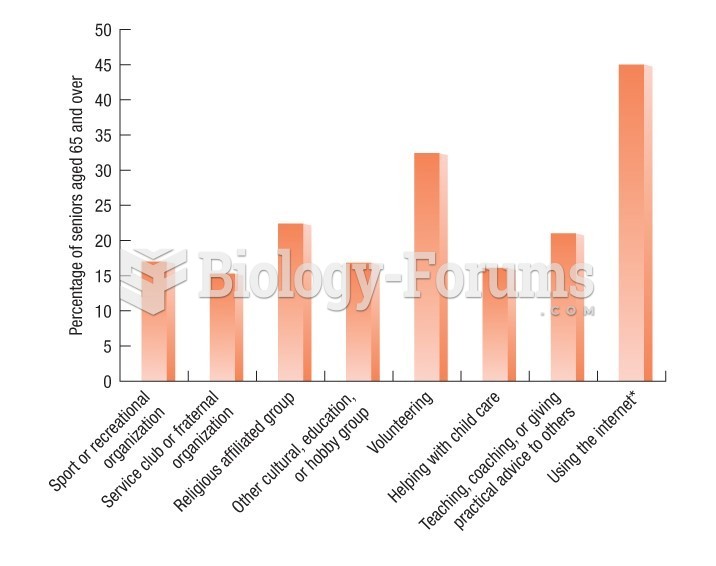Answer to Question 1
The price of an hour of leisure can be measured by the hourly wage. The opportunity cost of enjoying an hour of leisure is the amount of foregone income that could have been earned at a job.
Answer to Question 2
a) Marginal cost pricing regulation sets the price equal to marginal cost, which is determined where the marginal cost curve intersects the demand curve. So the price is 10 per thousand cubic feet. At this price, the company sells 80,000 cubic feet of gas. The average total cost at this level of output is 22.50 per thousand cubic feet, so the company's economic profit per thousand cubic feet of natural gas is 10 - 22.50 = -12.50 per thousand cubic feet, that is, the company incurs an economic loss of 12.50 per thousand cubic feet. The company produces 80,000 cubic feet, so its total economic loss is -12.50 80,000 = -1,000,000 per month. West Coast Gas incurs an economic loss of 1 million per month.
b) If West Coast Gas is not regulated, the company maximizes its profit by producing 40,000 cubic feet of gas per month and charging 50 per thousand cubic feet. In this case, the consumer surplus is (90 - 50 ) 40,000/2 = 800,000 and the producer surplus is (50 - 10 ) 40,000 = 1,600,000. The total surplus is 800,000 + 1,600,000 = 2,400,000. With the marginal cost pricing, the total surplus equals the consumer surplus, which is (90 - 10 ) 80,000/2 = 3,200,000. So the regulation increases total surplus by 800,000.
c) With no regulation, the marginal benefit (50 ) exceeds the marginal cost (10 ), the output produced is below the efficient level and the deadweight loss is 800,000 per month. With the regulation, MSB = MSC, so the output level is efficient and total surplus is maximized. The regulation is in the social interest.







